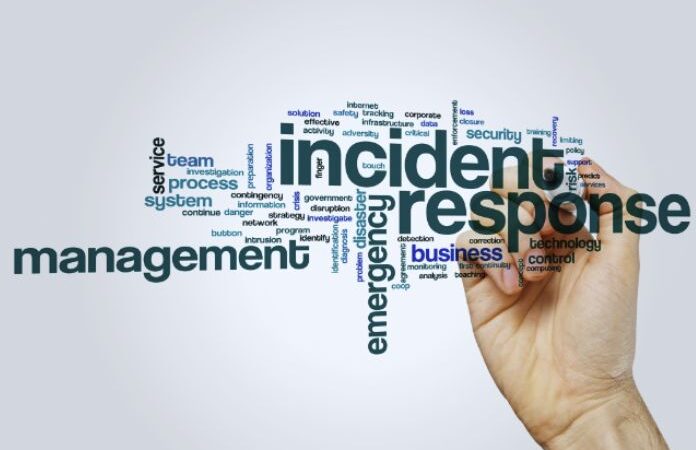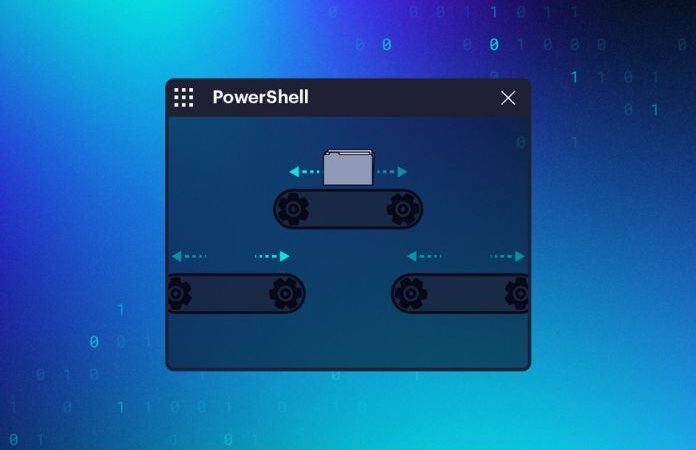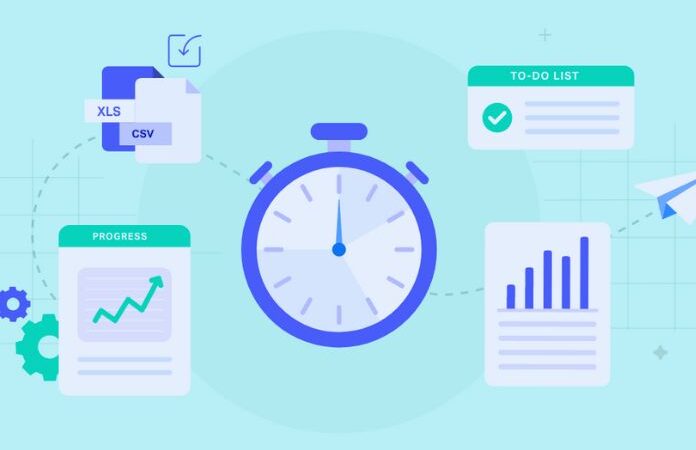Rolling Forecast: Optimize Your Financial Management

In a competitive commercial environment, any company needs to manage its commercial and financial performance to ensure its profitability and its ability to finance itself. But how can we achieve this when forecasts are statistics that do not take into account economic developments? This is where the rolling forecast comes into play to provide solutions and improve your budget monitoring process.
Table of Contents
What Is The Rolling Forecast?
Generally used by CFOs, operations directors, and financial controllers, it translates as “permanently revised.”
A Simple Definition
In simple terms, it involves regularly updating the company’s financial forecast, usually on a monthly or quarterly basis, taking into account recent actual data. Instead of relying on a single static annual budget, companies that use rolling forecasting constantly adjust their forecasts to reflect current reality and moving trends.
Why Implement It In Your Company?
The establishment of a permanent review has become essential today. Businesses operate in a constantly changing environment, with internal and external factors that can have a significant impact on their financial performance. They need to have a precise, real-time view of their financial health throughout the financial year. The rolling forecast stands out precisely by offering a capacity for continuous adaptation to market developments. It ensures that your organization is prepared to take immediate action in response to unexpected changes, strengthening its resilience and ability to seize opportunities.
What Is The Difference With A Classic Forecast Plan?
To fully understand the importance of the rolling forecast, it is essential to understand the main distinction that separates it from a classic forecast plan. While it constantly evolves, the definitive forecast plan remains the same to be established, even if essential events occur during the year. It is based on a given period. Due to its frequency of updating each year, the traditional forecast plan needs to be more responsive to market developments and unexpected disruptions. It can quickly become obsolete in the face of economic fluctuations or sudden changes in demand.
What Are The Advantages Of Rolling Forecasting?
- Real-time visibility: With frequent updates, it provides an up-to-date and accurate view of the performance of the company’s business model.
- Informed decision-making: Up-to-date financial data facilitates decision-making, allowing you to adjust strategies and resources based on current realities quickly.
- Resource Optimization: By identifying resource needs in real-time, you can more efficiently allocate resources to the areas that need them most.
- Cash flow management: Rolling forecasting helps anticipate cash flows, helping to maintain adequate liquidity and avoid financial problems.
- Strengthened internal collaboration: By sharing updated financial information, teams can work more collaboratively and aligned to achieve financial goals.
- Adaptability to changes: It allows you to react quickly to market developments, which strengthens the competitiveness of your business.
How Do You Set Up A Rolling Forecast For Your Business?
Effective implementation requires a systematic approach in several stages.
Step 1: Define Objectives And Key Performance Indicators (KPIs)
To get started effectively, it is essential to clearly define the objectives you want to achieve with the permanent review. These goals can vary, whether it is to improve forecast accuracy, reduce expenses, increase profitability, or perform other specific financial goals. Next, select the Key Performance Indicators (KPIs) that will be regularly monitored to measure progress toward these goals. These KPIs can include profit margin, sales growth, or even budget management, among others.
Step 2: Build A Dedicated Team
The success of its implementation depends on a dedicated team. Assemble a multidisciplinary team, including representatives from different departments of the company, such as finance, operations, general management, and sales. Designate a project manager or team leader to coordinate efforts effectively.
Step 3: Collect And Organize Data
Gather all relevant financial data. This includes relevant economic history, forecasts, and operational and macroeconomic indicators. Organize them so that they are easily accessible and understandable for analysis.
Step 4: Choose Tools And Software
Select the budget planning tools and budget management software that best meet your needs. Make sure these tools support permanent revisions and are compatible with your existing systems. It is also essential to implement training so that team members are proficient in using these tools.
Step 5: Establish A Forecast Schedule
Set a regular schedule for rolling forecast updates. This can be monthly, quarterly, or based on the specific needs of your business. Ensure all stakeholders are informed of deadlines and expectations to maintain consistent planning.
Step 6: Train Staff
Staff training is crucial. Ensure team members understand the ongoing review process and are trained in the use of tools and software. Encourage communication and collaboration across departments to drive successful adoption.
Step 7: Integrate It Into The Decision-Making Process
Ensure that rolling forecasts are actively used in the business decision-making process. Encourage discussion and collaboration across departments to optimize results. Ensure predictions are taken into account when allocating resources and strategic planning.
Step 8: Continuously Monitor And Adjust
Regularly monitor actual results against rolling forecasts. Adjust forecasts based on current data and market changes. Be prepared to respond quickly to fluctuations to maintain proactive management.
Step 9: Communicate Results
Ensure that rolling forecast results are communicated transparently to all business stakeholders. Transparency promotes trust and alignment. Present information clearly and understandably for effective communication.
Step 10: Evaluate And Revise The Process
After you have the entire process in place, regularly evaluate its effectiveness against the defined objectives. Identify strengths and areas for improvement, then adjust your approach accordingly to maximize the benefits of this method.






